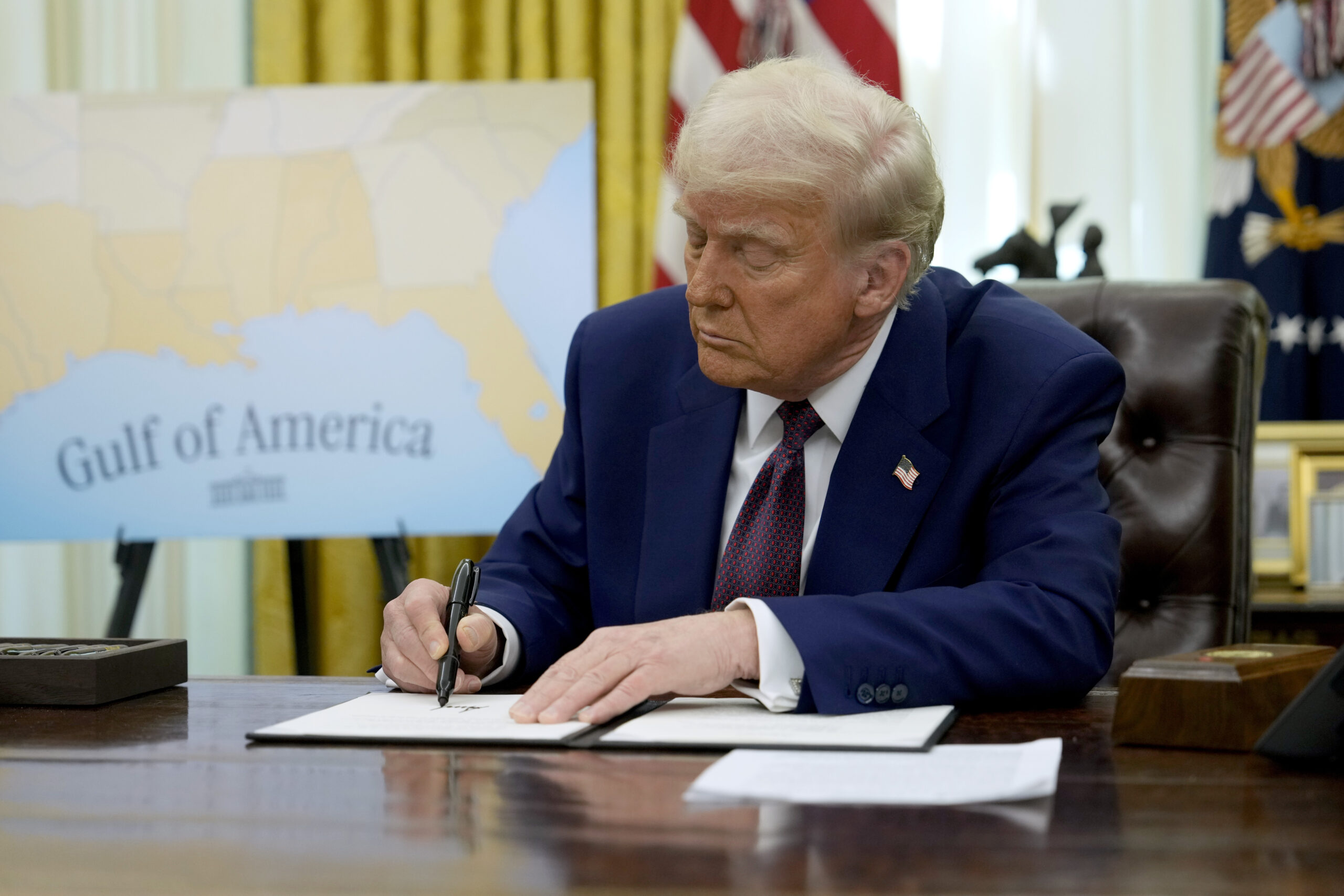
President Donald Trump announced a bold new tariff strategy on Thursday, vowing to impose reciprocal taxes that match the import duties charged by other nations.
His plan aims to eliminate trade imbalances, but it could escalate economic tensions with both allies and rivals.
“I’ve decided for purposes of fairness that I will charge a reciprocal tariff,” Trump declared in the Oval Office while signing the proclamation. “It’s fair to all. No other country can complain.”
His administration argues that these tariffs will create a level playing field for American manufacturers. However, critics warn that they could lead to higher prices for U.S. consumers and businesses, potentially fueling inflation and slowing economic growth. With the economy already under scrutiny, Trump is making a high-stakes gamble on his ability to control trade policy without triggering a backlash.
Aiming for Trade Negotiations
The new tariffs will be customized for each country, partially as a way to push them into new trade negotiations. Yet, other nations may respond by imposing their own duties on American goods, potentially sparking a full-scale trade war. Trump will likely need to reassure businesses and consumers that his policies won’t disrupt economic growth.
A senior White House official, speaking anonymously, said the administration would consider value-added taxes (VAT) in Europe, industry subsidies, regulatory barriers, and currency manipulation when calculating tariffs. The expected revenue from these import duties is intended to offset the projected $1.9 trillion budget deficit. Reviews of these new tariffs could be completed within weeks or months.
A More Aggressive Approach
Trump’s new plan is far more aggressive than the tariffs he imposed during his first term. Trade between the U.S. and Europe alone amounted to nearly $1.3 trillion last year, with the U.S. importing $267 billion more than it exported. His administration argues that imposing equal tariffs could raise revenue while forcing more favorable trade deals.
In recent weeks, Trump has openly clashed with major trading partners, issuing threats of tariffs that have invited retaliation. A new 10% tariff on Chinese imports was introduced due to Beijing’s alleged role in the opioid fentanyl crisis. Additional tariffs on Canada and Mexico, the U.S.’s largest trade partners, are set to take effect in March after a temporary suspension. On Monday, Trump also removed exemptions on his 2018 steel and aluminum tariffs, while hinting at new duties on computer chips and pharmaceuticals.
China, Canada, Mexico, and the European Union have already prepared countermeasures, including tariffs on American energy, agricultural equipment, and automobiles. China has also launched an antitrust investigation into Google.
Balancing the Political Risks
The administration insists that reciprocal tariffs will enhance trade fairness, boost government revenue, and create leverage for better trade agreements. However, Trump is taking a political gamble that American voters will tolerate the potential for higher inflation. Soaring prices in 2021 and 2022 significantly hurt former President Joe Biden’s approval ratings, and many voters backed Trump in hopes he could ease economic pressures. Since his return to office, inflation has ticked up again, with consumer prices rising at an annual rate of 3%.
Despite acknowledging possible economic pain, Trump’s team has downplayed concerns about tariffs. They argue that any financial strain will be offset by an expansion of Trump’s 2017 tax cuts, deregulation, and cost-cutting measures led by billionaire adviser Elon Musk’s Department of Government Efficiency.
Economic Uncertainty Ahead
However, sequencing these policies will be critical. A broad trade war could dampen business investment and hiring, just as inflationary pressures increase. Analysts at Wells Fargo warned in a Thursday report that the tariffs could slow economic growth in the short term, even as tax cuts provide a boost in 2026.
“Tariffs impart a modest stagflationary shock to an economy,” the report stated. “The U.S. economy entered 2025 with momentum, but we expect real GDP growth to slow in the coming quarters as higher prices from tariffs erode consumer spending power.”
Trump’s economic gamble now hinges on whether his tariff strategy can reshape global trade in America’s favor—or whether it will trigger a wave of retaliatory actions that could push the economy into turmoil.